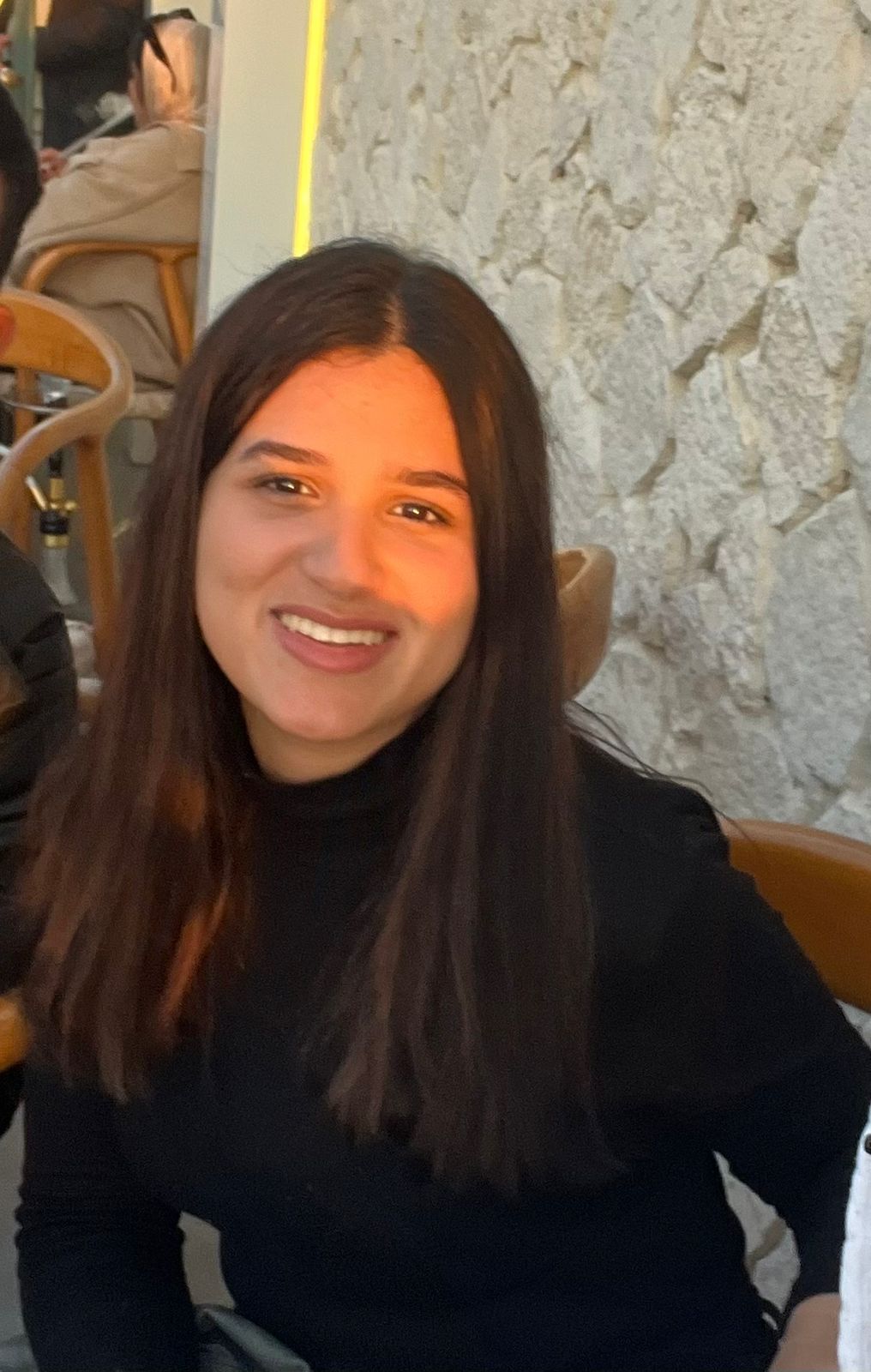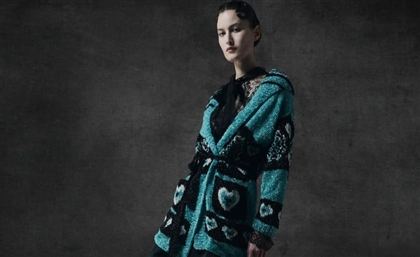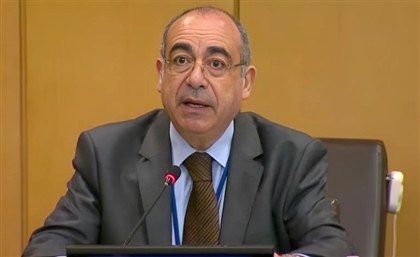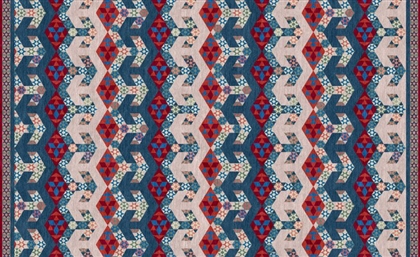How Mix & Match’s SS25 Collection Is Reclaiming Local Textiles
Once a staple of Egypt’s high street, the homegrown label returns with a sharpened vision: no synthetics, no imports, and no compromises.

In 1985, before fashion brands were talking about “local,” Mix & Match opened its first shop in Cairo. The formula was straightforward: bold cotton prints, forgiving silhouettes, and fabrics made for Egypt’s heat. Co-founded by Shahira Fahmy, her mother, and a close friend, the label quickly became a fixture on the high street - practical, accessible, and unmistakably Egyptian.
Then the 2000s hit. Local textile production faltered, synthetic imports flooded the market, and the brand shrank from 22 stores to six. Fahmy turned to architecture. The clothes lost their edge. What started as a textile-first project became entangled in globalised supply chains. That’s when her mother gave her the green light to take the reins - with no conditions, only a question: what would it take to make Mix & Match matter again?
-494ba5b7-85ce-40f4-813a-4fb9e2ee820d.jpg) Ten years later, the answer is clear. The SS25 collection opens with a reassertion of control. Fabrics are now woven, cut, and sewn in 6th October City by a team Fahmy describes as “intergenerational” — some of whom have been on the factory floor since the ‘80s. The brand has eliminated synthetics. Every offcut is reused. A printing error becomes a belt. A misaligned motif becomes a shoulder panel. Waste is absorbed back into the process.
Ten years later, the answer is clear. The SS25 collection opens with a reassertion of control. Fabrics are now woven, cut, and sewn in 6th October City by a team Fahmy describes as “intergenerational” — some of whom have been on the factory floor since the ‘80s. The brand has eliminated synthetics. Every offcut is reused. A printing error becomes a belt. A misaligned motif becomes a shoulder panel. Waste is absorbed back into the process.
This season, the reference point is the Qajar dynasty - 19th-century Persia at its most excessive. Fahmy became fascinated with its visual codes: layered florals, ornamental stripes, metallic turbans. “It wasn’t decoration for the sake of it,” she says. “It was political, performative, and precise.”
-2767fc33-31e0-49d5-8997-947fda29623a.jpg) Working with co-designer Rola Hussein, Fahmy channelled that sensibility into a lean collection with deliberate impact. Linen dresses with architectural volume. Cropped jackets cut in dense cotton. A standout blouse printed with the ceiling pattern of a Qajar palace - symmetrical at first glance, chaotic in the details. Colour is central: pistachio, saffron, pomegranate, sage - shades pulled from antique textiles and reworked onto breathable, locally sourced cloth from the Nile Delta.
Working with co-designer Rola Hussein, Fahmy channelled that sensibility into a lean collection with deliberate impact. Linen dresses with architectural volume. Cropped jackets cut in dense cotton. A standout blouse printed with the ceiling pattern of a Qajar palace - symmetrical at first glance, chaotic in the details. Colour is central: pistachio, saffron, pomegranate, sage - shades pulled from antique textiles and reworked onto breathable, locally sourced cloth from the Nile Delta.
The collection is designed to flex. Pieces layer across months and body types. A cotton shift dress folds into autumn with a long coat. Linen trousers reappear under winter kaftans. Sizing is uncoupled from conventional charts. “Top and bottom don’t need to match,” Fahmy says. “They need to work.”
-f41cb009-97f3-4dad-90a5-ba8612805a70.jpg) SS25 made its debut on May 5 at Takiya Al-Mawlawiyah, a 19th-century Ottoman landmark in Cairo with ties to the Qajar presence in Egypt. Instead of a soundtrack, the show unfolded to live instrumentation - Egyptian darbuka colliding with Persian strings. The setup, she says, is part of the point: “When you choreograph the setting as carefully as the collection, the story holds.”
SS25 made its debut on May 5 at Takiya Al-Mawlawiyah, a 19th-century Ottoman landmark in Cairo with ties to the Qajar presence in Egypt. Instead of a soundtrack, the show unfolded to live instrumentation - Egyptian darbuka colliding with Persian strings. The setup, she says, is part of the point: “When you choreograph the setting as carefully as the collection, the story holds.”
The show has another function. Every ticket sold funds ambulances and medical aid via the Egyptian Red Crescent for Gaza. Fahmy insists that the gesture isn’t symbolic. “The clothes are about care - care for the body, care for process. The show should carry that through.”
Mix & Match’s revival has started to stick. Mothers who wore the brand in the ’90s are bringing their daughters to fittings. Fahmy’s own son, once sceptical, now turns up in full linen. The brand’s language has changed - leaner, quieter, but no less specific. The Qajar references act as a reminder: that visual identity can carry weight, that a fabric archive can double as a political one, and that local production doesn’t need to look inward to stay grounded.



























